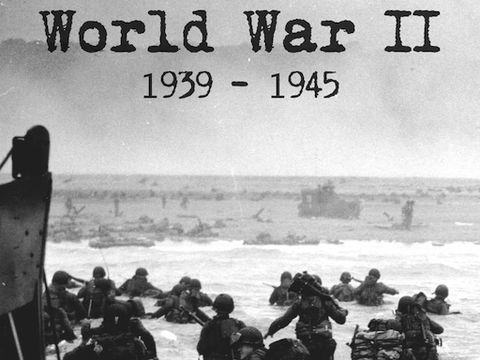KS2 Teaching Resources & Materials.
A range of high quality resources to enhance the teaching and learning at KS2 & KS3 level (age 7-14). Welsh second Language, National test revision and numeracy / literacy activities taught across the curriculum are our specialty :)










